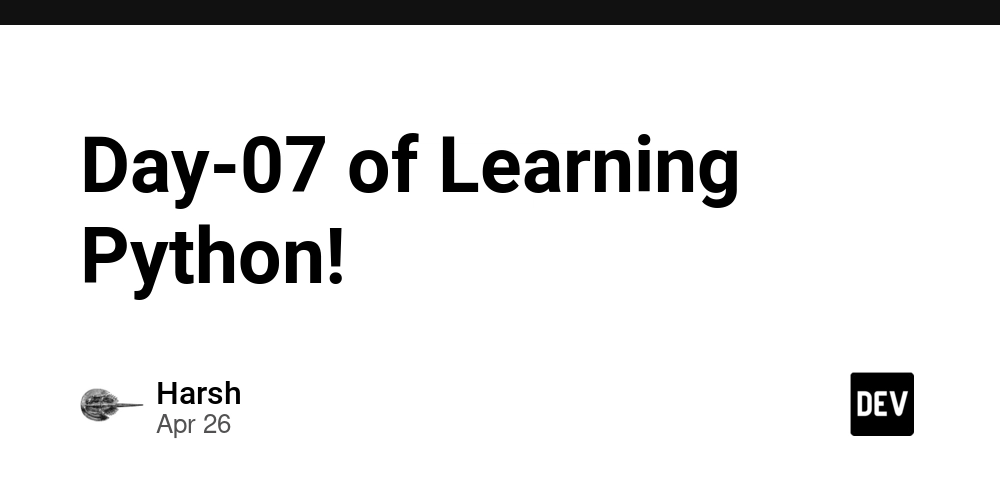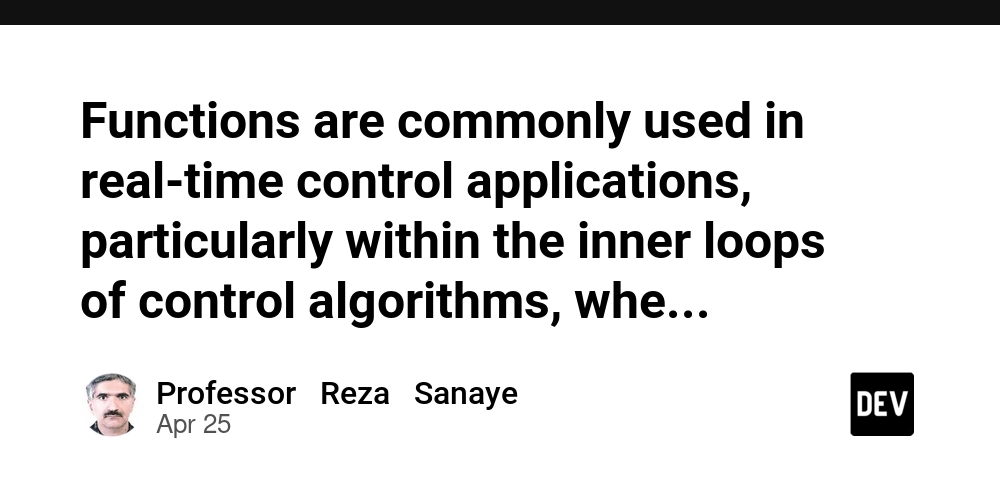Fragment: The Blockchain-Based TON Wallet Integrated with Telegram – Bridging Messaging & Crypto Innovation
Abstract This post explores the evolution of blockchain integration into everyday communication through Fragment – the state‐of‐the‐art TON wallet integrated directly within Telegram. We delve into its background, core features, real-world applications, challenges, and potential trends. By merging blockchain technology with a popular messaging platform, Fragment paves the way for enhanced decentralization, rapid transactions, and increased accessibility to cryptocurrency and decentralized finance (DeFi) tools. Introduction The digital world is evolving rapidly. Blockchain technology, once confined to niche financial circles, is now permeating mainstream applications. One shining example is Fragment – the new TON wallet embedded in the widely used Telegram messaging app. This seamless integration represents a paradigm shift in how everyday users interact with digital currencies and decentralized applications. Fragment not only simplifies the user experience but also enhances privacy and security, positioning it as a key tool in the journey toward digital financial inclusion. In this post, we explore Fragment’s workings, its core technical features, the ecosystem surrounding the TON blockchain, and its potential impact on the crypto landscape. Background and Context What is TON? TON (The Open Network), developed initially by Telegram's founders and now maintained by a decentralized community, is a third-generation proof-of-stake blockchain. It emphasizes high transaction speed, low fees, and robust support for decentralized applications (dApps). For an in-depth look at blockchain technology fundamentals, check out What is Blockchain. TON’s integration into Telegram brings blockchain’s advantages to millions, making digital finance accessible and secure. The Journey of Fragment Fragment emerged as a solution for mainstream users overwhelmed by the complexity of traditional cryptocurrency wallets. By embedding itself within Telegram’s familiar interface, Fragment lowers entry barriers, encouraging mass adoption of cryptocurrencies. Users can fund their wallets, send funds with a few taps, and interact seamlessly with DeFi products and NFT marketplaces. The original article, Fragment: The Blockchain-Based TON Wallet Integrated with Telegram, provides a comprehensive overview, making it an ideal starting point for our discussion. Core Concepts and Features Fragment’s design encapsulates several essential concepts which drive its functionality and appeal: Key Features of Fragment TON Wallet Below is a table summarizing the main features: Feature Description User-Friendly Interface Mirrors Telegram’s simplicity for seamless navigation. Cross-Platform Accessibility Available on Android, iOS, and desktop, making it convenient for users on any device. Enhanced Security Protocols Utilizes advanced encryption (see How secure is Telegram?) to ensure privacy and data integrity. Instant Transactions Powered by TON blockchain’s high throughput, transactions occur quickly and efficiently. Low Transaction Fees Minimal fees on the TON network help facilitate microtransactions and frequent use. Token Management and DeFi Integration Users can manage tokens, participate in decentralized finance (DeFi) operations (What is DeFi?), and interact with NFTs. How Fragment Works Fragment perfectly blends blockchain technology with communication: Wallet Setup: Download the latest version of Telegram. Navigate to the wallet section and create a wallet secured by a unique PIN code. Funding and Transaction Management: Purchase TON via integrated exchanges or receive funds from peers. Utilize familiar chat interfaces to send funds—it works like texting a friend. NFTs and DeFi Interactions: Engage with innovative NFT marketplaces and DeFi products, unlocking possibilities that go beyond simple currency transactions. Additional Technical Considerations Fragment’s operation is underpinned by strong technical pillars: Encryption: End-to-end encryption ensures that user data and transactions remain private. Scalability: TON’s high-speed network supports a growing user base without compromising performance. Interoperability: Its integration with Telegram enables seamless communication and transactions across diverse user demographics. For further reading on blockchain security fundamentals, refer to Blockchain Security. Applications and Use Cases Fragment’s introduction has a broad range of practical applications spanning multiple sectors: 1. Mass Cryptocurrency Adoption By integrating with Telegram—a platform hosting hundreds of millions of active users—Fragment accelerates the adoption of digital currencies: Everyday Transactions: Users can send and receive microtransactions that are cost-effective and nearly instantaneous. Remittance
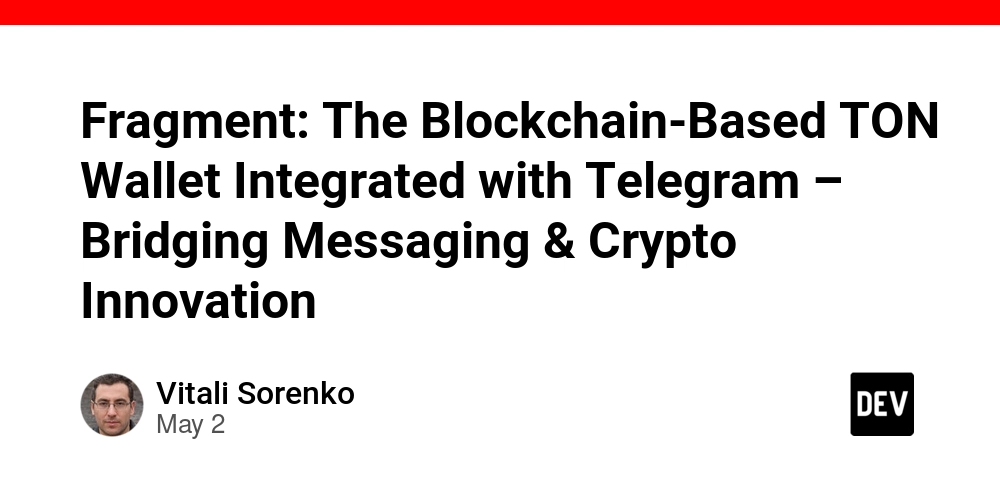
Abstract
This post explores the evolution of blockchain integration into everyday communication through Fragment – the state‐of‐the‐art TON wallet integrated directly within Telegram. We delve into its background, core features, real-world applications, challenges, and potential trends. By merging blockchain technology with a popular messaging platform, Fragment paves the way for enhanced decentralization, rapid transactions, and increased accessibility to cryptocurrency and decentralized finance (DeFi) tools.
Introduction
The digital world is evolving rapidly. Blockchain technology, once confined to niche financial circles, is now permeating mainstream applications. One shining example is Fragment – the new TON wallet embedded in the widely used Telegram messaging app. This seamless integration represents a paradigm shift in how everyday users interact with digital currencies and decentralized applications.
Fragment not only simplifies the user experience but also enhances privacy and security, positioning it as a key tool in the journey toward digital financial inclusion. In this post, we explore Fragment’s workings, its core technical features, the ecosystem surrounding the TON blockchain, and its potential impact on the crypto landscape.
Background and Context
What is TON?
TON (The Open Network), developed initially by Telegram's founders and now maintained by a decentralized community, is a third-generation proof-of-stake blockchain. It emphasizes high transaction speed, low fees, and robust support for decentralized applications (dApps).
For an in-depth look at blockchain technology fundamentals, check out What is Blockchain. TON’s integration into Telegram brings blockchain’s advantages to millions, making digital finance accessible and secure.
The Journey of Fragment
Fragment emerged as a solution for mainstream users overwhelmed by the complexity of traditional cryptocurrency wallets. By embedding itself within Telegram’s familiar interface, Fragment lowers entry barriers, encouraging mass adoption of cryptocurrencies. Users can fund their wallets, send funds with a few taps, and interact seamlessly with DeFi products and NFT marketplaces.
The original article, Fragment: The Blockchain-Based TON Wallet Integrated with Telegram, provides a comprehensive overview, making it an ideal starting point for our discussion.
Core Concepts and Features
Fragment’s design encapsulates several essential concepts which drive its functionality and appeal:
Key Features of Fragment TON Wallet
Below is a table summarizing the main features:
| Feature | Description |
|---|---|
| User-Friendly Interface | Mirrors Telegram’s simplicity for seamless navigation. |
| Cross-Platform Accessibility | Available on Android, iOS, and desktop, making it convenient for users on any device. |
| Enhanced Security Protocols | Utilizes advanced encryption (see How secure is Telegram?) to ensure privacy and data integrity. |
| Instant Transactions | Powered by TON blockchain’s high throughput, transactions occur quickly and efficiently. |
| Low Transaction Fees | Minimal fees on the TON network help facilitate microtransactions and frequent use. |
| Token Management and DeFi Integration | Users can manage tokens, participate in decentralized finance (DeFi) operations (What is DeFi?), and interact with NFTs. |
How Fragment Works
Fragment perfectly blends blockchain technology with communication:
-
Wallet Setup:
- Download the latest version of Telegram.
- Navigate to the wallet section and create a wallet secured by a unique PIN code.
-
Funding and Transaction Management:
- Purchase TON via integrated exchanges or receive funds from peers.
- Utilize familiar chat interfaces to send funds—it works like texting a friend.
-
NFTs and DeFi Interactions:
- Engage with innovative NFT marketplaces and DeFi products, unlocking possibilities that go beyond simple currency transactions.
Additional Technical Considerations
Fragment’s operation is underpinned by strong technical pillars:
- Encryption: End-to-end encryption ensures that user data and transactions remain private.
- Scalability: TON’s high-speed network supports a growing user base without compromising performance.
- Interoperability: Its integration with Telegram enables seamless communication and transactions across diverse user demographics.
For further reading on blockchain security fundamentals, refer to Blockchain Security.
Applications and Use Cases
Fragment’s introduction has a broad range of practical applications spanning multiple sectors:
1. Mass Cryptocurrency Adoption
By integrating with Telegram—a platform hosting hundreds of millions of active users—Fragment accelerates the adoption of digital currencies:
- Everyday Transactions: Users can send and receive microtransactions that are cost-effective and nearly instantaneous.
- Remittances and Cross-Border Payments: The low transaction fees and high speed facilitate international transfers without traditional banking restrictions.
2. Decentralized Finance (DeFi)
Fragment empowers users to interact with a growing ecosystem of DeFi projects:
- Staking and Yield Farming: Secure and invest digital assets to earn additional rewards.
- NFT Marketplaces: Trading and collecting digital art—all embedded within the Telegram experience.
3. Privacy-Centric Financial Services
In today’s climate, privacy is paramount:
- Enhanced Data Protection: Encrypted communications coupled with blockchain’s inherent transparency creates a secure environment.
- Regulatory Compliance: With increasing global calls for privacy and compliance, Fragment offers a solution that balances both aspects.
For a thoughtful exploration of blockchain governance and decentralization, see Exploring Fragment: Telegram Usernames – Innovation versus Tradition.
Additional Real-World Use Cases
- Peer-to-Peer Exchanges: Using Telegram chat for P2P crypto transfers makes transactions as simple as messaging friends.
- Micro-payment Systems in Emerging Markets: Low fees can transform the way small transactions or donations are handled, fostering economic inclusion.
- Secure Integration for dApps: Developers can build applications that benefit from Telegram’s expansive reach and TON’s blockchain backbone.
Challenges and Limitations
Despite its innovative approach, Fragment faces several challenges:
Technical and Adoption Barriers
Regulatory Uncertainties:
Navigating the evolving landscape of cryptocurrency regulations remains a critical challenge. Governments across the globe are in varying stages of developing frameworks that address digital currencies.User Security Awareness:
While Fragment employs robust encryption mechanisms, users must also adhere to best practices to avoid phishing and other cyber threats.Educational Hurdles:
For many, transitioning from traditional finance to digital wallets can be daunting. Enhanced educational resources and support systems are key.
Operational and Scalability Concerns
Network Congestion:
As user numbers expand, maintaining low transaction fees and high-speed processing is paramount.Interoperability Issues:
Integrating with other blockchain networks and protocols presents technical challenges that require continuous innovation.
Comparison with Traditional Wallets
Below is a bullet list outlining the pros and cons of Fragment when compared with traditional crypto wallets:
-
Pros:
- Seamless Integration: Utilizes a familiar chat interface.
- Rapid Transactions: High speed due to TON blockchain.
- Cost-Efficiency: Minimal fees enhance everyday usability.
-
Cons:
- Learning Curve: New users may require time to adapt.
- Regulatory Risks: The legal landscape for cryptocurrencies is in flux.
- Dependency on Telegram: Heavy reliance on the messaging app’s ecosystem.
For broader insights into navigating open source funding and supporting open source innovation, refer to License Token: A New Dawn in Open Source Funding.
Future Outlook and Innovations
The trajectory for Fragment and similar blockchain-integrated communication tools is promising:
Evolving User Expectations
Increased Integration:
As more platforms adopt blockchain-based solutions, integration with popular messaging apps is expected to become standard.Customization and Enhanced Features:
Future updates may include advanced token management, automated DeFi operations, and personalized user experiences.
Innovation Trends in Blockchain and DeFi
Smart Contract Enhancements:
Improvements in smart contract functionality may lead to more sophisticated financial products and services within the Fragment ecosystem.NFT Expansion:
With the growing popularity of non-fungible tokens, Fragment may broaden its support for NFT-related functionalities, including auctions, collectibles, and more interactive features.Interoperability Solutions:
The continuous development of cross-chain protocols ensures that Fragment could interact with various blockchain networks, thus expanding its usability and appeal.
The Role of Open Source and Community Governance
Community-led development drives transparency and resilience. Enhanced open source initiatives will likely play a pivotal role:
Collaborative Development:
The open-source nature of TON and related projects means continual improvements through community engagement.Decentralized Governance:
Community-driven decision-making is central to navigating regulatory challenges and ensuring platform longevity. For further insights into decentralized innovation, check out Exploring Blockchain Governance: Navigating Decentralization – A Holistic Overview.
Funding and Sustainability
Innovative funding models are emerging that support sustainable growth in the blockchain space:
- Crowdfunding and Sponsorships: Projects like Fragment may benefit from alternative funding models, including community sponsorships and decentralized grants.
- Collaborative Ventures: Partnerships between tech giants and blockchain startups create new avenues for growth and innovation. Additional insights into funding strategies can be found in Navigating Financial Sustainability in Open Source Projects: A Comprehensive Guide.
Summary
Fragment stands at the intersection of blockchain innovation and mainstream communication. By integrating a TON wallet directly into Telegram, it not only simplifies digital currency management but also potentially revolutionizes the way users engage with DeFi and NFT ecosystems.
Key takeaways include:
User-Centric Design:
The interface mirrors Telegram’s simplicity, removing familiar barriers associated with traditional crypto wallets.Enhanced Security and Speed:
Leveraging TON’s high-speed network and robust encryption, Fragment ensures secure and rapid transactions.Expanding Use Cases:
From microtransactions to global remittances and participation in decentralized finance, the possibilities are expansive.Challenge Acknowledgement:
Regulatory ambiguity, security practices, and educational barriers are areas that require ongoing improvement.Future Innovations:
With anticipated updates in smart contracts, NFT support, and cross-chain interoperability, Fragment is well positioned to drive the future of digital interaction.
By bridging the gap between daily messaging and sophisticated blockchain operations, Fragment represents a bold step forward in digital finance inclusion. As more users discover the benefits of integrating cryptocurrency into everyday communication, tools like Fragment will likely remain at the forefront of the digital financial revolution.
For those interested in learning more about Fragment’s impact and future, consider reading the original article on Fragment: The Blockchain-Based TON Wallet Integrated with Telegram.
Additional Resources
- Telegram – Secure Messaging
- What is DeFi?
- TON Blockchain Overview
- Exploring Open Source Licensing Tips for Indie Hackers
- Elon Musk and Open Source: Redefining Innovation through Collaboration
Conclusion
The integration of blockchain with everyday apps symbolizes more than just technology—it represents a democratization of finance and data. Fragment’s distinct combination of a user-friendly interface, robust security, and rapid transaction speeds brims with potential for everyday users, businesses, and developers alike.
As the digital landscape evolves, fragmentation between traditional finance and decentralized platforms continues to narrow. With its innovative approach and community-driven development, Fragment sets the stage for a future where blockchain-based applications are not just an alternative—they become the norm.
Whether you are new to digital currencies or a seasoned blockchain enthusiast, Fragment’s evolution demonstrates the power of convergence: where messaging, finance, and blockchain join forces to create a more accessible, secure, and decentralized digital ecosystem.
Embrace the future of digital finance, where every chat and transaction contributes to solving the puzzle of a more connected, trustworthy world.
Keywords: Blockchain, TON Wallet, Telegram integration, cryptocurrency, decentralization, DeFi, NFT, open source, digital finance, secure transactions.







































































































































































![[The AI Show Episode 145]: OpenAI Releases o3 and o4-mini, AI Is Causing “Quiet Layoffs,” Executive Order on Youth AI Education & GPT-4o’s Controversial Update](https://www.marketingaiinstitute.com/hubfs/ep%20145%20cover.png)











































































































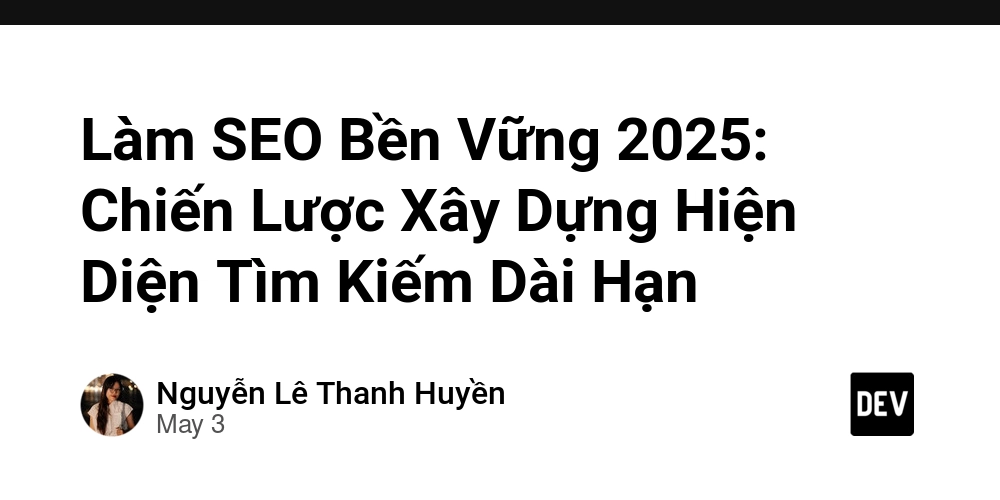





















![From Art School Drop-out to Microsoft Engineer with Shashi Lo [Podcast #170]](https://cdn.hashnode.com/res/hashnode/image/upload/v1746203291209/439bf16b-c820-4fe8-b69e-94d80533b2df.png?#)









































































































(1).jpg?#)




















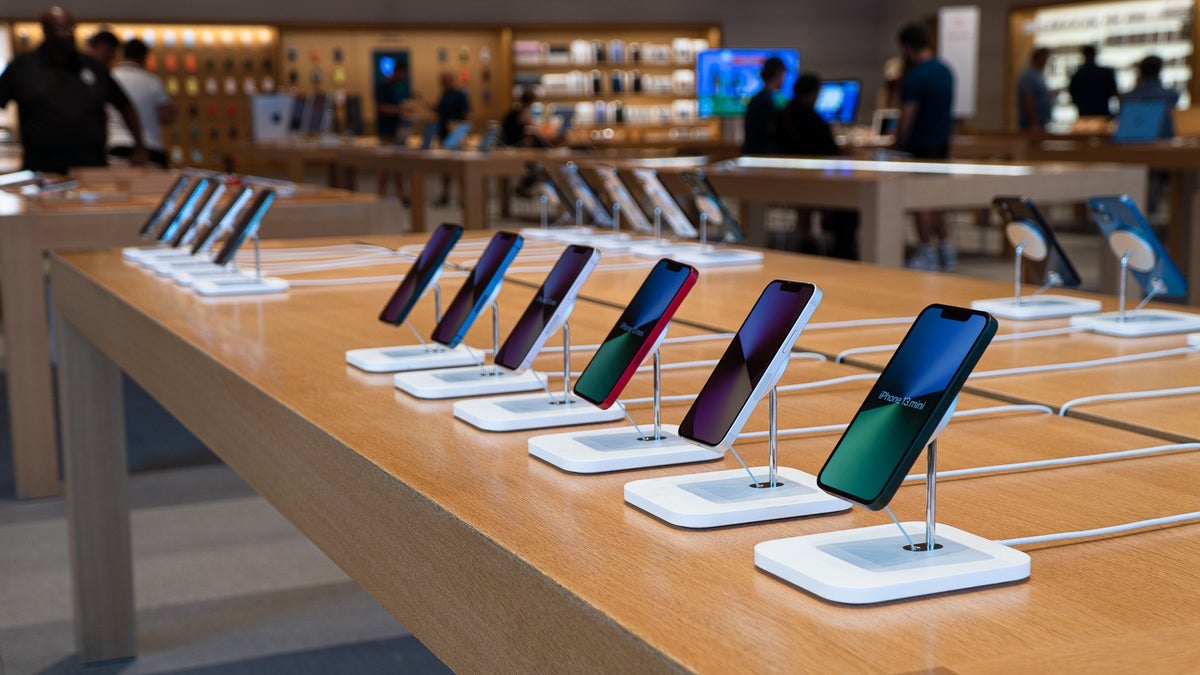









_Inge_Johnsson-Alamy.jpg?width=1280&auto=webp&quality=80&disable=upscale#)













































































































![Apple Developing AI 'Vibe-Coding' Assistant for Xcode With Anthropic [Report]](https://www.iclarified.com/images/news/97200/97200/97200-640.jpg)
![Apple's New Ads Spotlight Apple Watch for Kids [Video]](https://www.iclarified.com/images/news/97197/97197/97197-640.jpg)







































































![[Weekly funding roundup April 26-May 2] VC inflow continues to remain downcast](https://images.yourstory.com/cs/2/220356402d6d11e9aa979329348d4c3e/WeeklyFundingRoundupNewLogo1-1739546168054.jpg)























